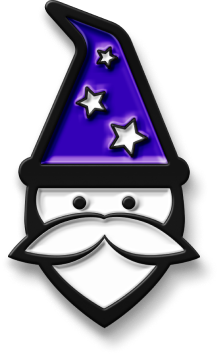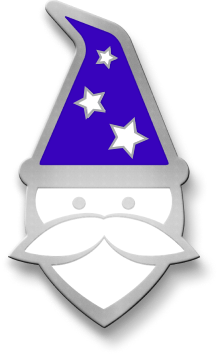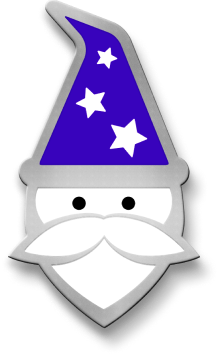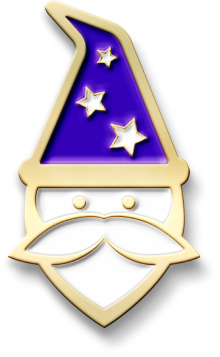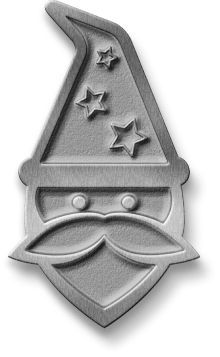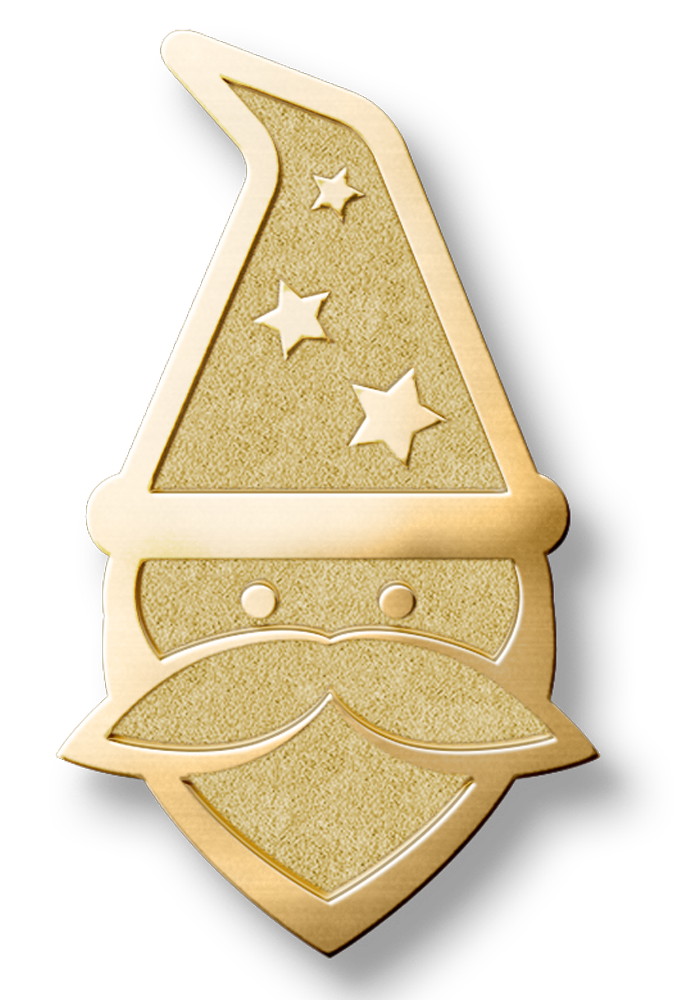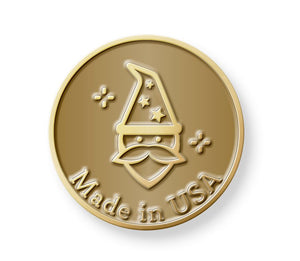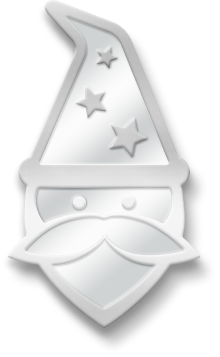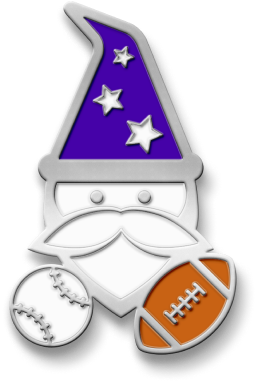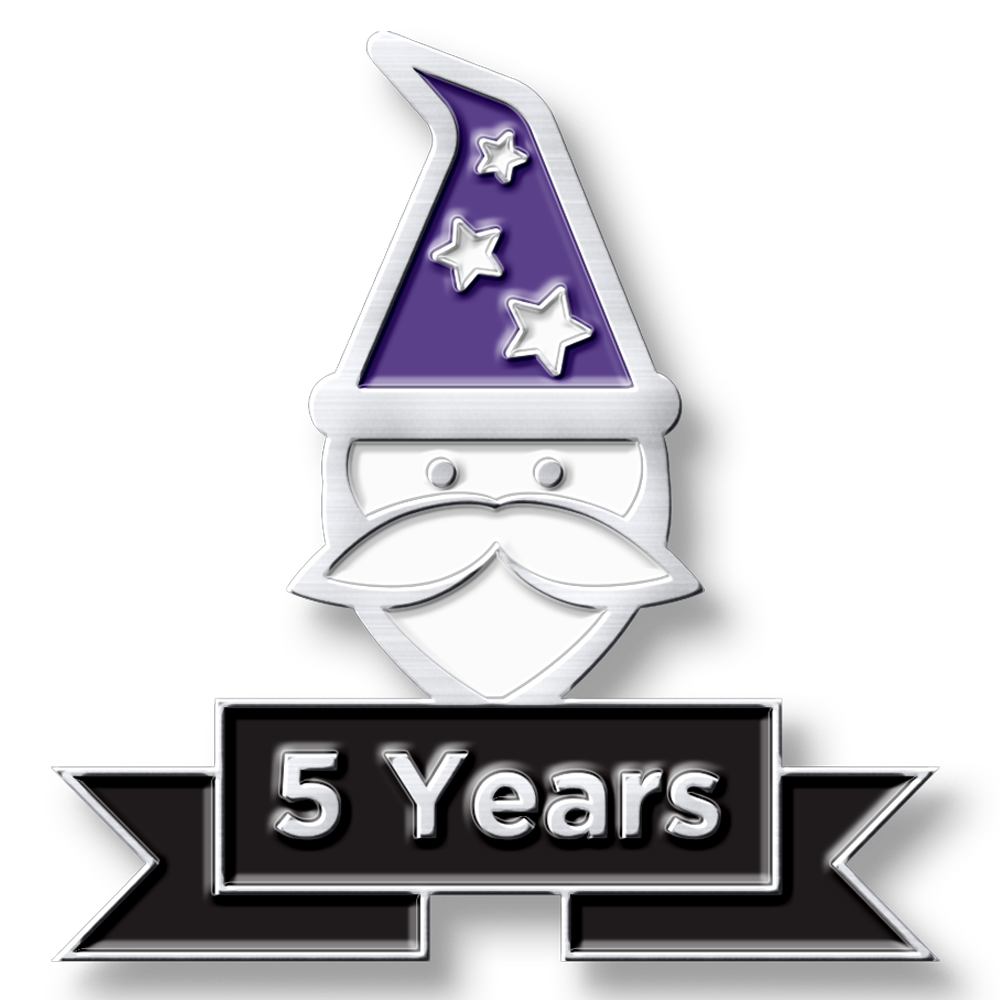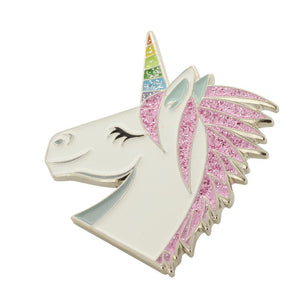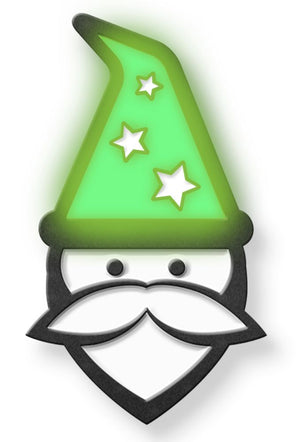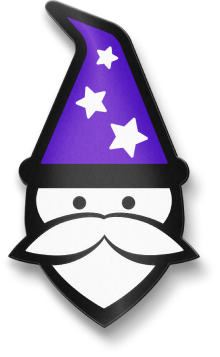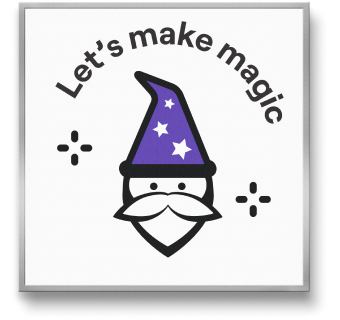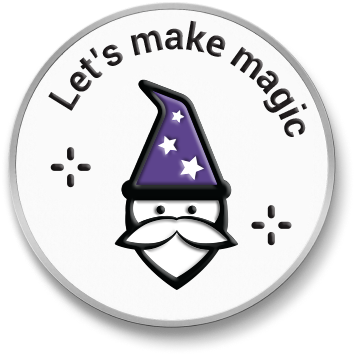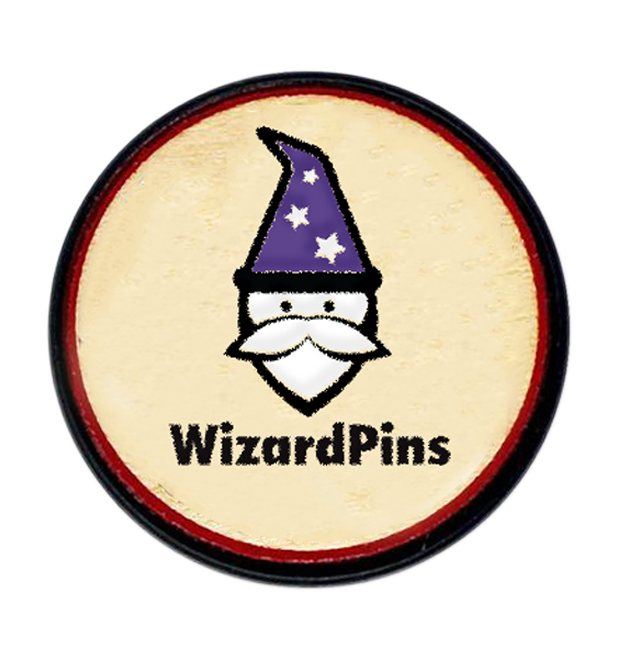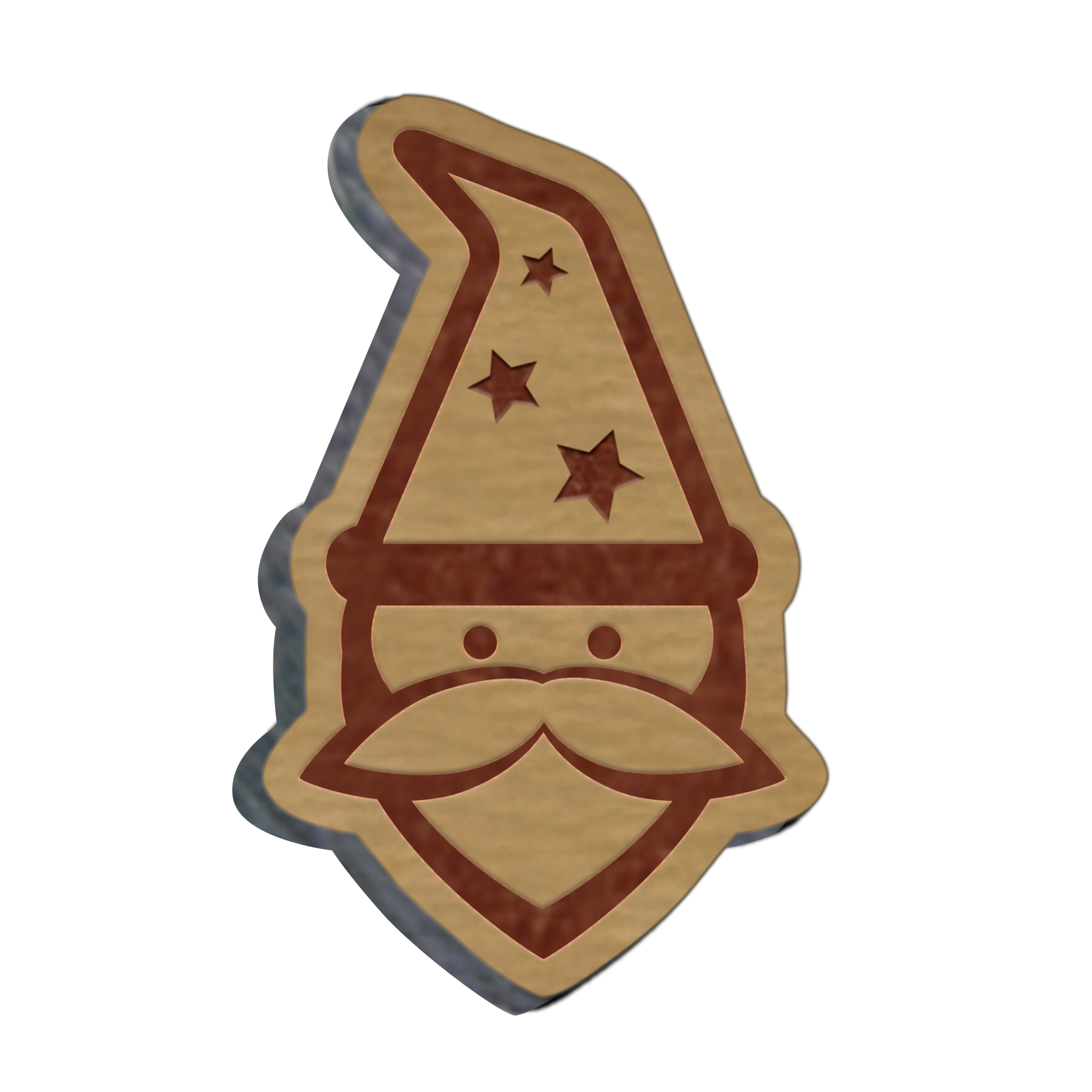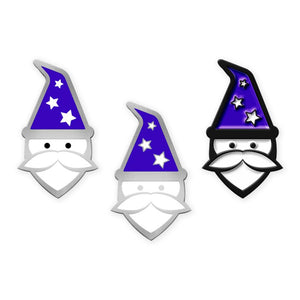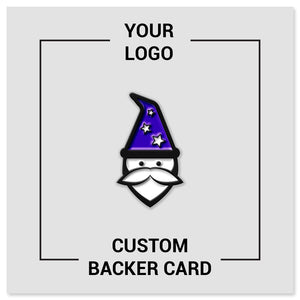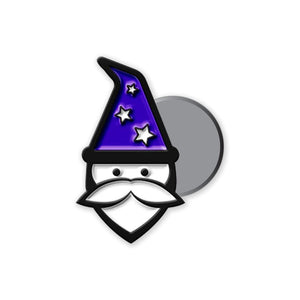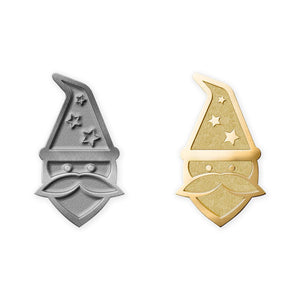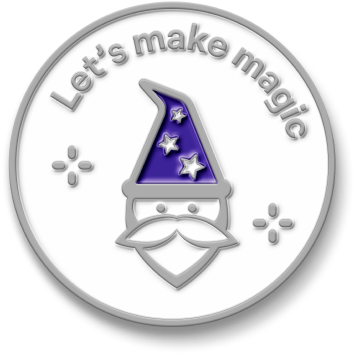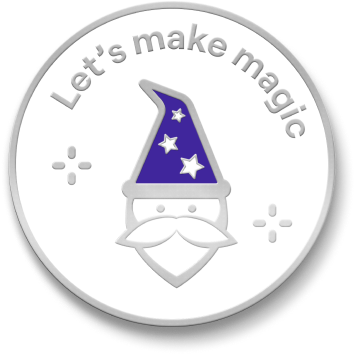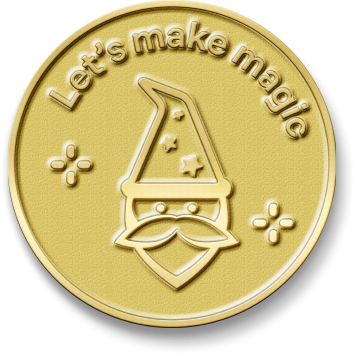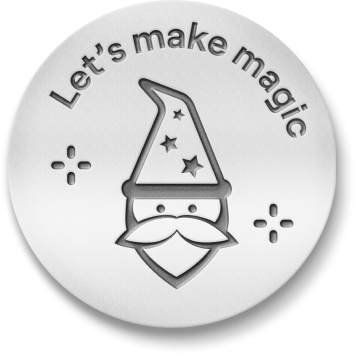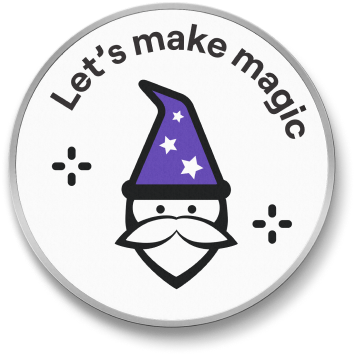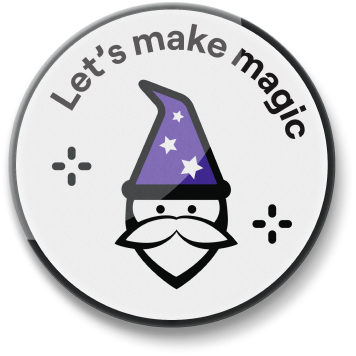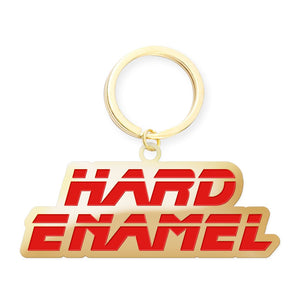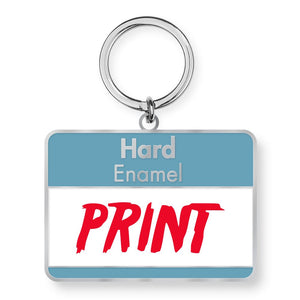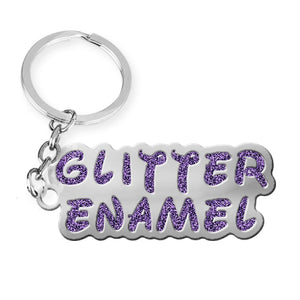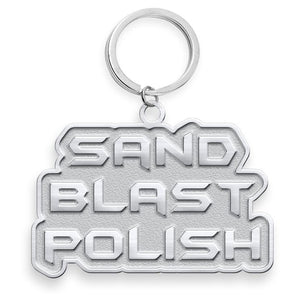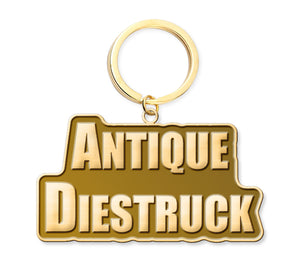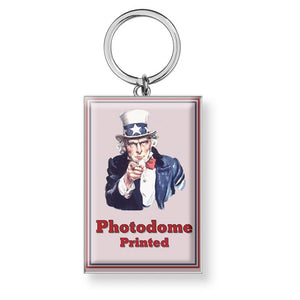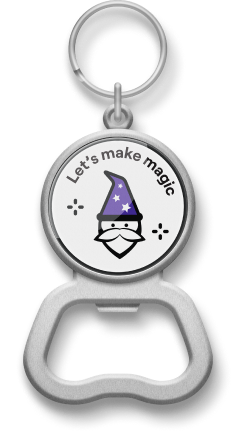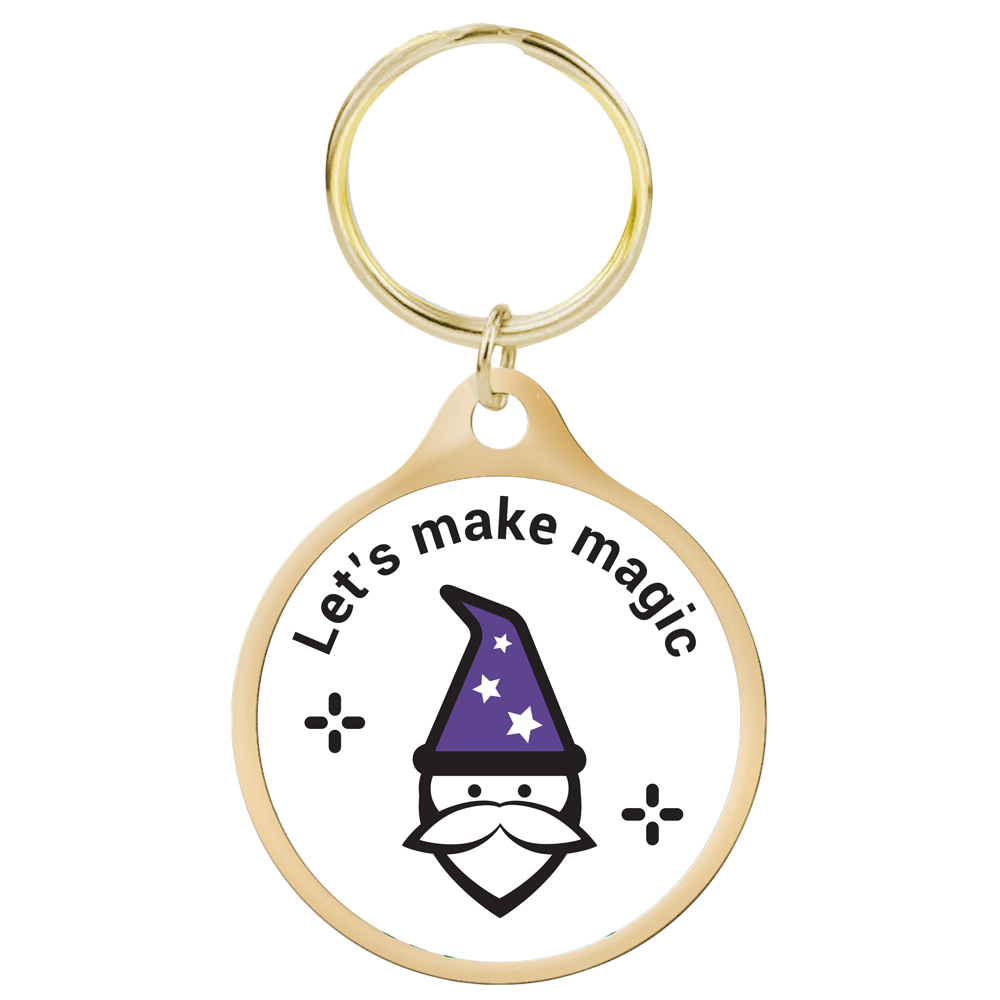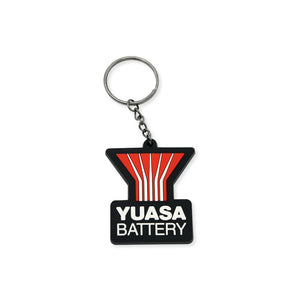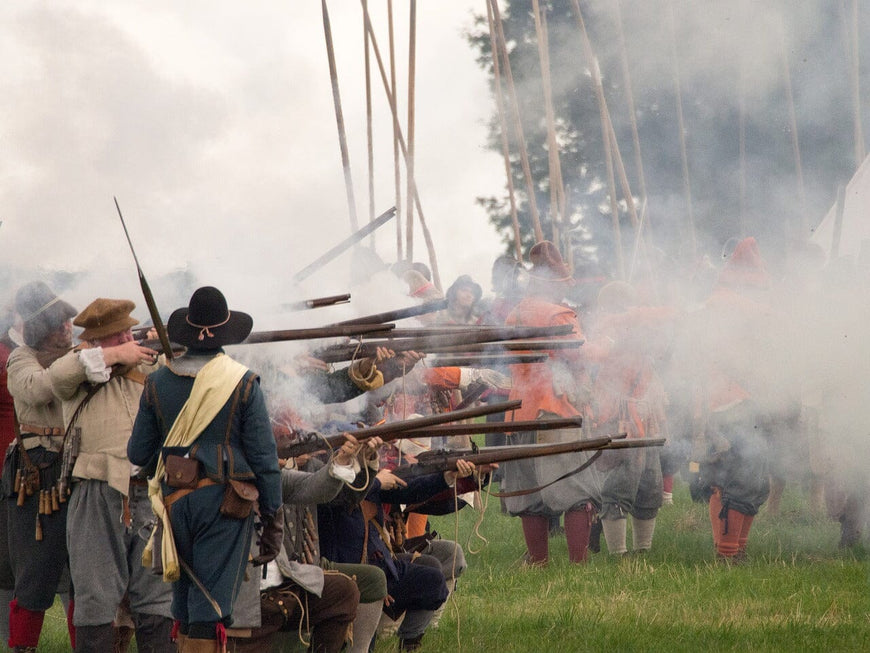The concept of historical reenactment, or living history, has existed in many different forms for centuries, as far back as the Roman Empire. People have gathered to dress up and relive historical events and time periods all over the world, and some of these re-creations have become part of open-air museums, like Colonial Williamsburg in Virginia and Plimoth Patuxet in Massachusetts. But you don't have to work at a museum to get in on the fun. Plenty of small organizations and groups have popped up that take part in reenactments of various events and periods in history.
What Are Historical Reenactments?
Historical reenactments are educational activities in which history enthusiasts dress up in period-accurate clothing and re-create particular events or daily life during a specific time period. Reenactments are designed to be educational, but they can be entertaining as well. A wide variety of different organizations do historical reenactments, and they all have their own guidelines regarding how true-to-life participants' portrayals must be. But all of them have one thing in common: They bring history to life.
Types of Reenactments
- Combat Demonstrations: These are commonly done by people in military units who act out what combat looked like, demonstrate how weapons were used, and share the military history of specific sites for onlookers. While many of these events are loosely based on real historical battles, some are designed to be fictional battles that show off certain techniques and weapons.
- Battle Reenactments: Similar to combat demonstrations, battle reenactments are designed to re-create combat, but these reenactments are intended to represent a specific historical battle. The events are completely scripted, and the reenactors take all of the same actions that real people took in the battles being re-created. These are often large events put on by historical reenactment organizations or at museums.
- Immersion Events: These events re-create a historical event that was not a battle, such as a wedding or a trial.
- Tactical/Private Events: Similar to a battle reenactment, tactical events are focused on a military campaign, but they are not scripted. Participants must devise their own strategies and battle plans to win the fight.
- Living History: A living history re-creates daily life in a certain time period. These portrayals may include soldiers as well as civilian characters.
Types of Reenactors
- Military Unit: Military reenactors play members of a specific unit during a specific era. They wear period-accurate uniforms, from the style and color of their clothing to the patches, pins, medals, and accessories, and they carry period-accurate weapons. There are also civilian units, like camp followers, who are women and children following their husbands from battlefield to battlefield.
- Civilian Unit: These are people who don't take part in any military reenactments, either in uniform or as camp followers. Their goal is to portray the day-to-day life of civilians from a specific era.
- Independent: Independent reenactors are not part of a museum or reenactment group. They are people who are sometimes paid to do impressions of well-known historical figures at events.
Why Should You Choose Reenactment as a Hobby?
If you have a deep-seated love of history, especially the history of one specific time period, and you want to completely immerse yourself in it while teaching others about it, historical reenactment might be the perfect hobby for you. You'll get to experience life in that period for yourself, wearing the clothes that they wore and using the weapons and household goods that they used. It's the closest thing you can get to going back in time without actually having to build a time machine. Reenactment can also be a great hobby because it gives you the chance to escape your daily routine and interact with other people with the same passion as you. Since there are often spectators at these events, it can provide a lot of educational value, too, and could nurture a passion for history in others that they may not have been able to get by reading a history textbook.
How Do You Become a Reenactor?
- Pick Your Historical Period: There are plenty of historical reenactment groups that span a wide variety of time periods, so take the time to consider which one you're passionate about. You might even want to do some research into your family history to see if any of your ancestors participated in major historical events.
- Find a Reenactment Group: With so many groups out there, it shouldn't be hard to find ones that are reasonably close to where you live. If you're not sure where to start, you could also go to a reenactment event and talk to the participants about what they do and how to join them. They may be able to point you in the right direction.
- Choose a Persona: A persona is the role you play while you're dressed up, whether that person is real or fictional. Many people opt to choose a military persona, but you don't have to do that if you're not as interested in military history. You can choose to be anyone who would have existed in the given time period. Having a defined persona in mind can help you to flesh out your character and make portraying them more meaningful to you.
- Do Your Research: It's not enough just to dress up in period-accurate clothes. You should also know how people in that time period spoke, what kinds of beliefs they had, what they would eat, and what a normal day looked like. Curious spectators may ask you questions about your character's life, and you should be prepared to answer them.
- Get Your Equipment Together: Before going to your first event, you need to gather your equipment, also known as your kit. This should include period-accurate clothes, weapons, accessories, and tools that match your persona. For instance, if your persona is poor, your materials should look worn and be more in line with what would be available and affordable for that person. Depending on the group you start with, you may not have to buy things right away, as they may have some extra clothes and equipment to borrow. That way, you can try it out before you spend your own money on this hobby.
Using Custom Pins to Add to Your Historical Reenactment
Custom pins can be an excellent way for historical reenactors to enhance the authenticity of their portrayal. These enamel pins serve as small but significant details that can lend credibility and depth to reenactments of various historical periods, ranging from military reenactments to cultural or civilian scenes.
Here's how custom pins contribute to historical authenticity:
1. Replicating Historical Insignias and Badges with Custom Enamel Pins
Custom enamel pins can be designed to replicate the insignias, medals, and badges worn by soldiers, officers, and other historical figures during the period being reenacted. Whether it's a military unit's emblem, a national symbol, or an organizational badge, these items were often worn as part of official attire. Reenactors can use accurately replicated pins to display rank, allegiance, or membership in a historical organization, making the overall portrayal more convincing.
2. Adding Attention to Detail
Details such as the precise replication of metalwork, colors, and symbols can transform a reenactor’s costume from “good” to “exceptional.” Custom pins that reflect the exact craftsmanship and style of a particular era show a deep commitment to historical accuracy. For example, a reenactor portraying a World War II soldier might wear custom pins replicating divisional patches or service medals, enhancing the realism.
3. Portraying Civilian Life and Occupations
It’s not just military reenactors who can benefit from custom pins. For civilians, artisans, or other non-military roles, pins can signify trade associations, guild memberships, or political affiliations. For example, reenactors portraying members of a medieval trade guild or 19th-century political movements can wear custom pins that replicate those historically used by such groups.
4. Honoring Historical Figures
Custom pins can also be used to represent or honor famous historical figures. For instance, if a reenactor is portraying a famous leader or soldier, they can wear custom pins or badges that were specifically associated with that figure, such as a commander’s unique insignia or royal decorations.
5. Supporting Period-Accurate Events or Campaigns with Custom Pins
Custom pins were often used to promote specific events, causes, or campaigns in history. Reenactors can use custom pins to represent participation in a significant historical event—such as a war campaign, a political rally, or a cultural festival. These event-based details can further immerse the audience in the reenactment.
6. Educational Tool
Historical pins serve as conversation starters and educational tools. When spectators ask about the meaning behind a reenactor’s pins, it provides an opportunity to teach others about historical events, organizations, and symbols. Accurate custom pins allow reenactors to deepen their own knowledge and help educate others about lesser-known historical details.
By incorporating custom pins tailored to the specific time period, place, and context of the reenactment, historical performers can create a richer, more engaging experience for themselves and their audience. The key is ensuring that the pins are made with precision and reflect the correct era's materials and designs, which helps to preserve the authenticity and spirit of the historical period being portrayed.
Additional Resources
- Historical Reenactor Events
- How to Get Involved With Historical Reenactment
- Reenactor 101
- How to Run a Reenactment
- Historical Reenactment and Living History in the Classroom
- Step Into 18th-Century Life at a Reenactment
- Historical Reenactors: What Do Reenactors Do, and Why Do They Do It?
- Living History Jobs: How to Work in Historical Reenactment
- Reenactors: The Passion of Reliving History
